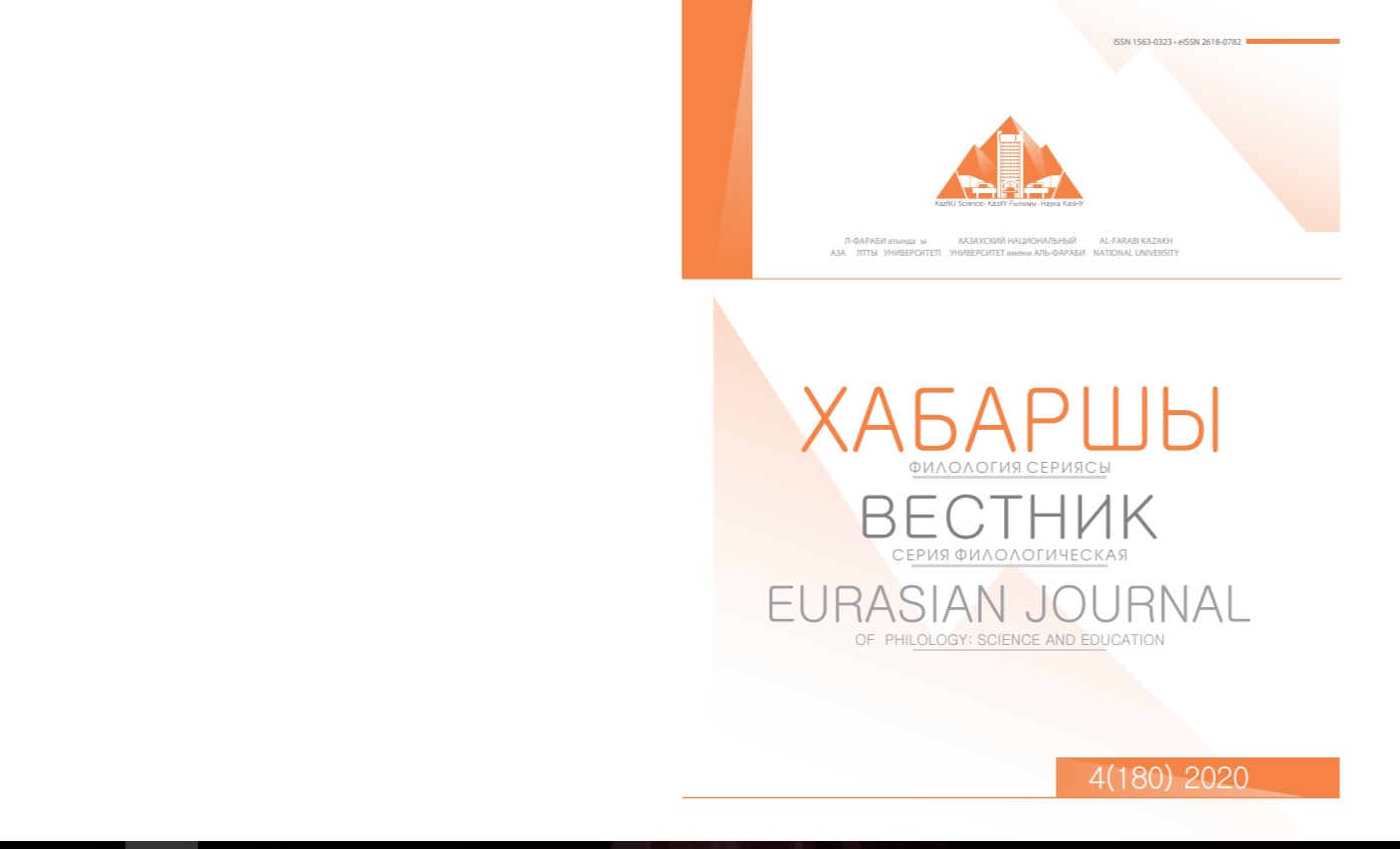Comparative analysis of american and british versions of english: morphological level
DOI:
https://doi.org/10.26577/EJPh.2020.v180.i4.ph8Abstract
In the present world, over 300 million people speak English. But there are many differences between their native language and the diversity of the English language. However, compared to their accent, the differences are verbal, grammatical very small. Emphasis is a term used by philologists to express the pronunciation of people belonging to a particular geographical region. It is very difficult to write about what kind of accent you need to speak with. Only in the United Kingdom there are various peoples who speak the Welsh dialect of English, Cockney and the recently emerged estuary and Georgie. However, 2 “standard” accents are used in the teaching of phonetics of the English language – (British and American). The accent used in the United States of America is called “General American” GA, that is, common American. The pronunciation “General American” is used in the United States by many people and, at the same time, by American radio and television hosts. The usual level of speech used in Britain is called Received Pronunciation or RP (the word “Received” translates as “commonly used”). When teaching English as a foreign language, it is taught as a pronunciation model. There are several differences between the American and British versions morphologically. The article explores the current problems of modern English. The author mainly focuses on the analysis of the differences between the American and British versions of English. These differences are studied at the morphological level. Including nouns, adjectives, pronouns, verbs, articles, etc., are involved in the






